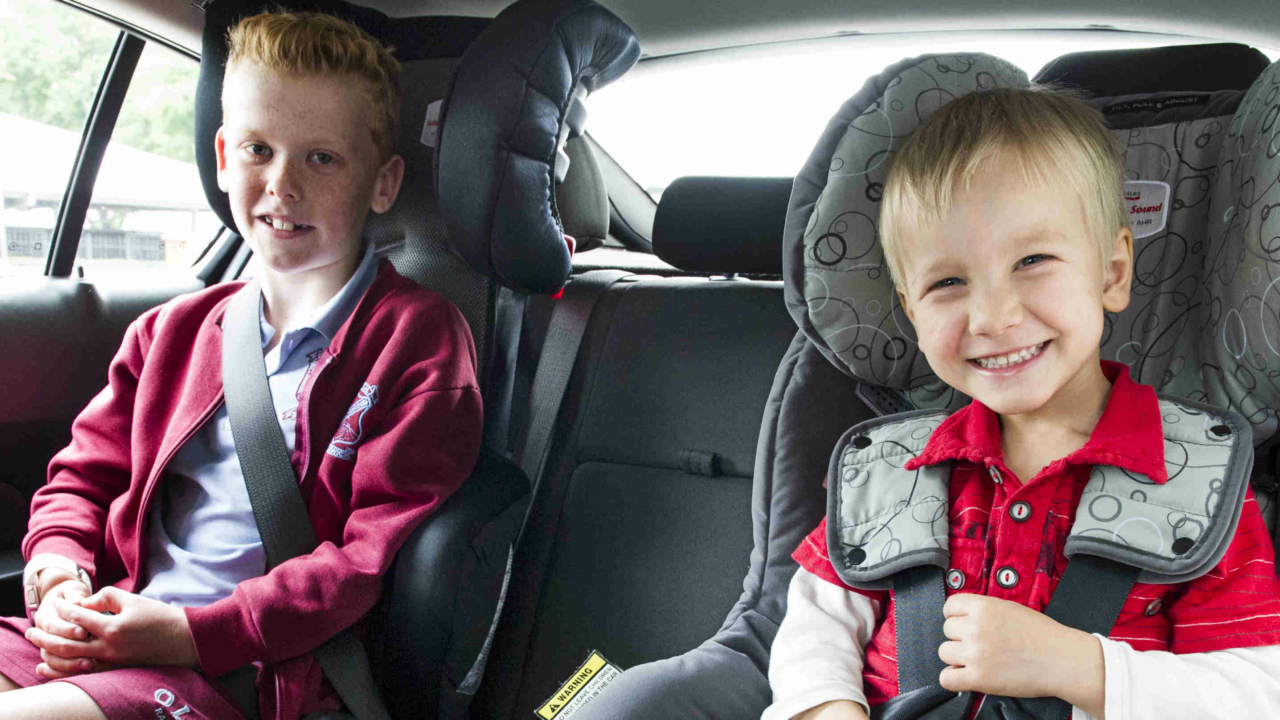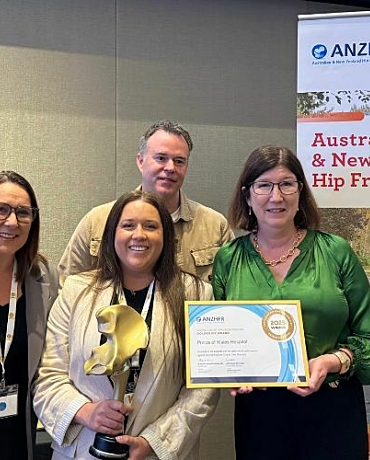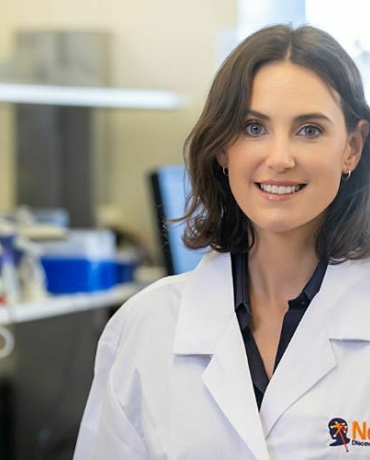A NeuRA study shows a rise in the use of appropriate car restraints for children – yet more targeted education is needed.
Children aged two to five years old are 2.3 times more likely to be secured by appropriate child restraints since legislation was introduced in New South Wales in 2010, a NeuRA study has revealed.
The study led by Neuroscience Research Australia (NeuRA), which was a joint collaboration with The George Institute for Global Health, investigated restraint use of 107 children from 15 locations pre-legislation, and 360 children from 14 sites post-legislation.
Post restraint legislation found children were almost two and a half times more likely to have an age appropriate car restraint.
Estimates show this could mean a reduction in fatalities in about 10 per cent of accidents and a reduction of non-fatal injuries by approximately 25 per cent.
Dr Julie Brown, from NeuRA says, “The study has shown a significant change in practice since legislation was introduced, which is extremely positive.
Injury is the leading cause of death for children aged 1 to 14 years, and a large portion of these fatalities involve cars, so it’s critical that Australian parents are doing everything they can to protect their children while in a moving vehicle,” added Dr Brown.
Dr Lisa Keay of The George Institute for Global Health and The University of Sydney, said the study reiterated the need for ongoing programs to educate parents.
“While the results show that parents are taking positive steps, and appropriate restraint use appears to have risen, about one quarter of children were still not using the right sort of restraint for their age. This highlights the need for ongoing educational initiatives and community led programs to ensure that all children use restraints that are suitable for their age,” said Dr Keay.
Dr Brown explains: ”Our previous research at NeuRA has shown that parents want to keep their children safe, they just need help in getting the information they need to do this – we have also shown that community level programs are effective in achieving this”.




